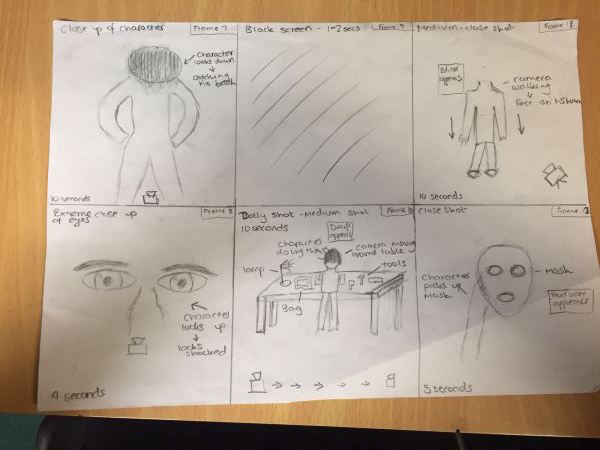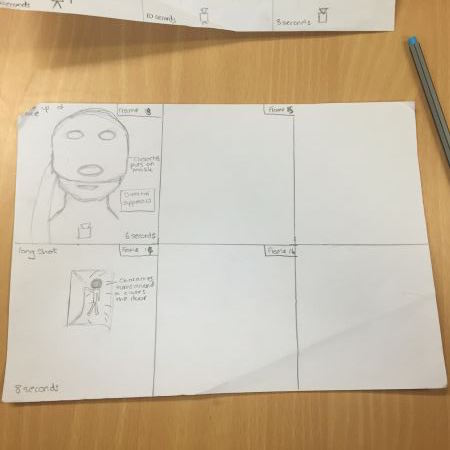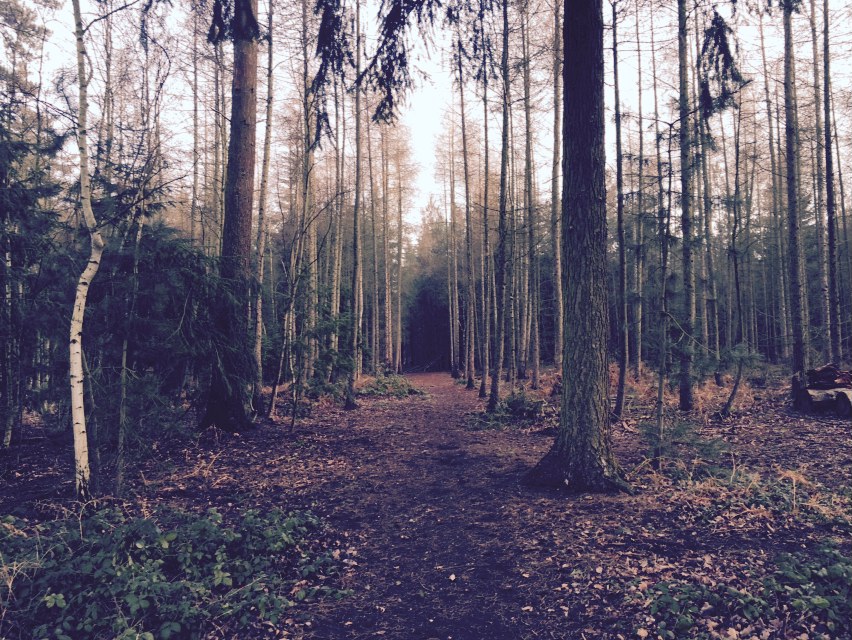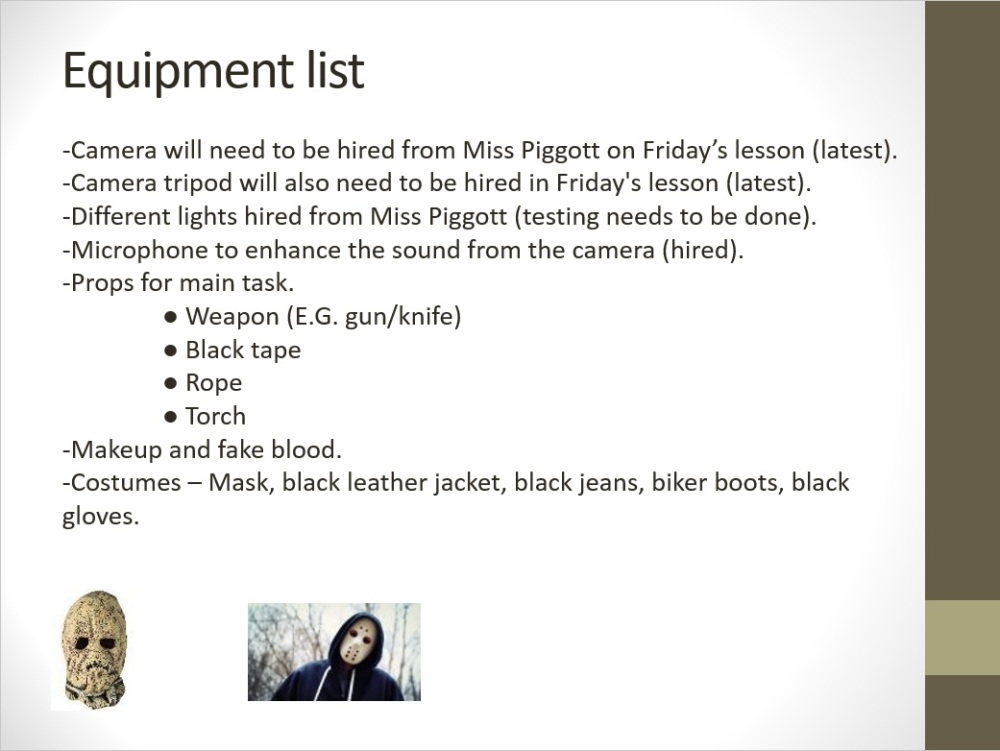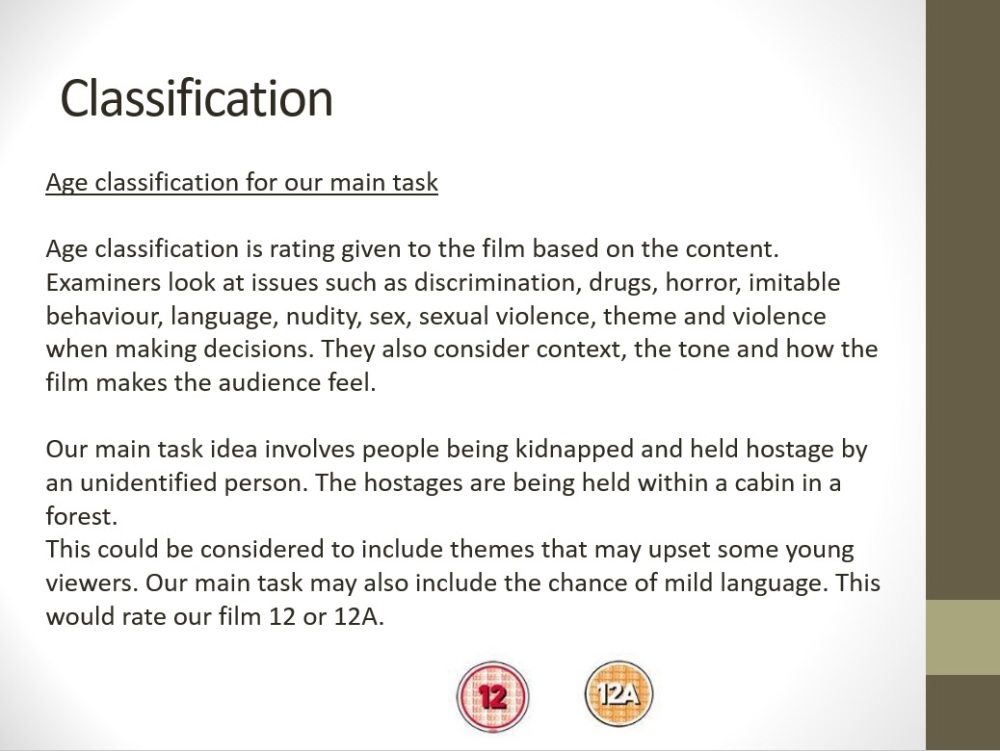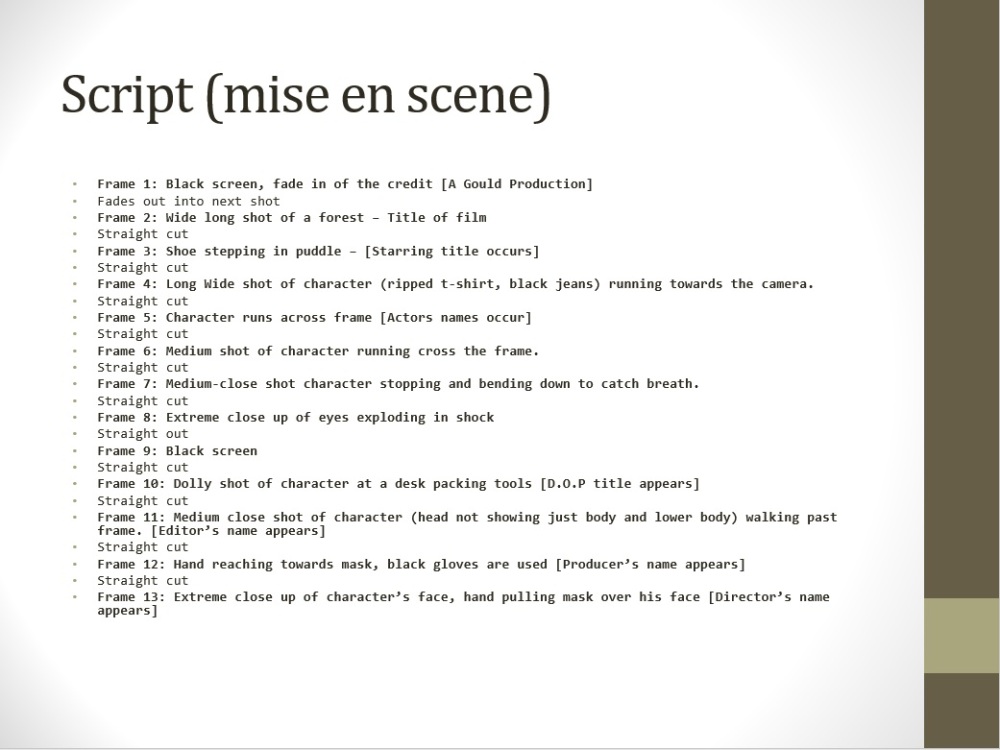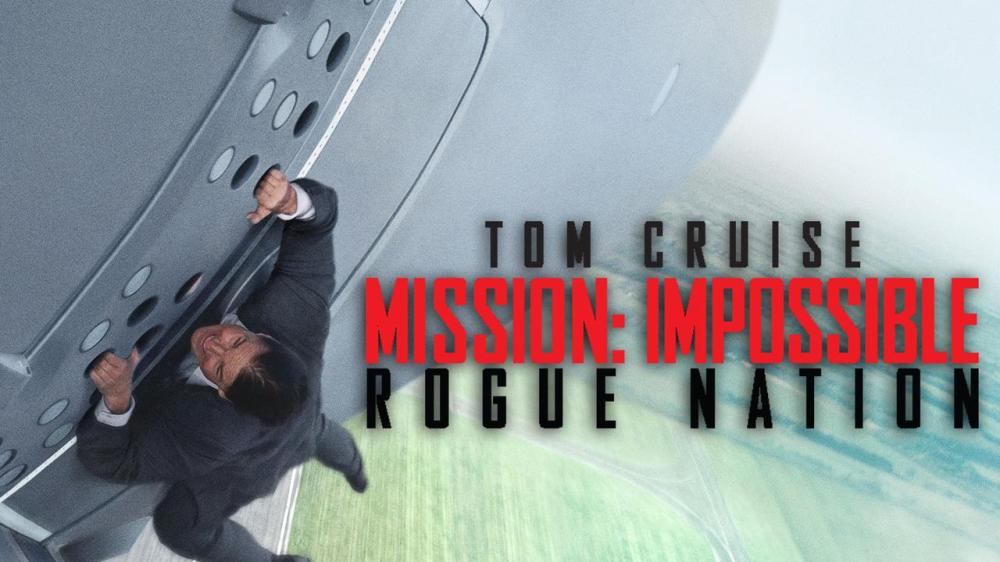Audience theories
Stuart Hall – Encoding and decoding model
The intended meaning of the producer may not be the same as the audiences.
Dominant code – Read as intended.
Negotiated code – Partly accepted.
Oppositional code – External influences means they reject the intended meaning.
Hypodermic needle
Ideologies are passed on or injected into the audience, shaping their thoughts and influencing them. The intended message is accepted and not challenged. Audiences are passive.
Cultivation – Long them effect on TV. In many households the TV is the main focal point. Similar to the hypodermic needle theory, it purposes that long term, gradual processes of TV consumption leads to the cultivation of beliefs.
Moral panics – This theory again assumes that the audience are passive. The majority of the audience believe that once viewing offensive material the audience will then act a certain way. This then leads to moral panic, often started by newspapers and social media.
Examples:
Music (e.g. rap/pop)
Violent video games (e.g. GTA)
YouTube (trends etc)
Celebrity lifestyles
Uses and gratifications – This theory does not treat the audience as a whole group but as individuals stating that each person has their own different motives from consuming media.
Bulmer and Katz identified the following gratifications:
Diversion – Escape from life.
Personal relationships – Emotionally engaged with the characters.
Personal identity – Relating to issues.
Surveillance – Gathering information.
Reception – Regards the audience as individuals. This theory considers the characteristics such as age, ethnicity and gender. Each factor affects the way a person reads, engages and consumes the media.
Two step flow – This theory proposes that ideologies that a text communicates to an audience may not reach them directly as they are mediated along the way. Reading a film review will influence the audiences viewing of the film in some way.
The audience theory that will affect our main task the most is “moral panics”. During our main task, a psycho is on the loose and chasing his next victim. The moral panics theory states that the majority of the audience believe that once viewing offensive material the audience will then act a certain way. Once the audience see a kidnapping psycho, they may want to copy his actions and behaviour resulting in a moral panic.

